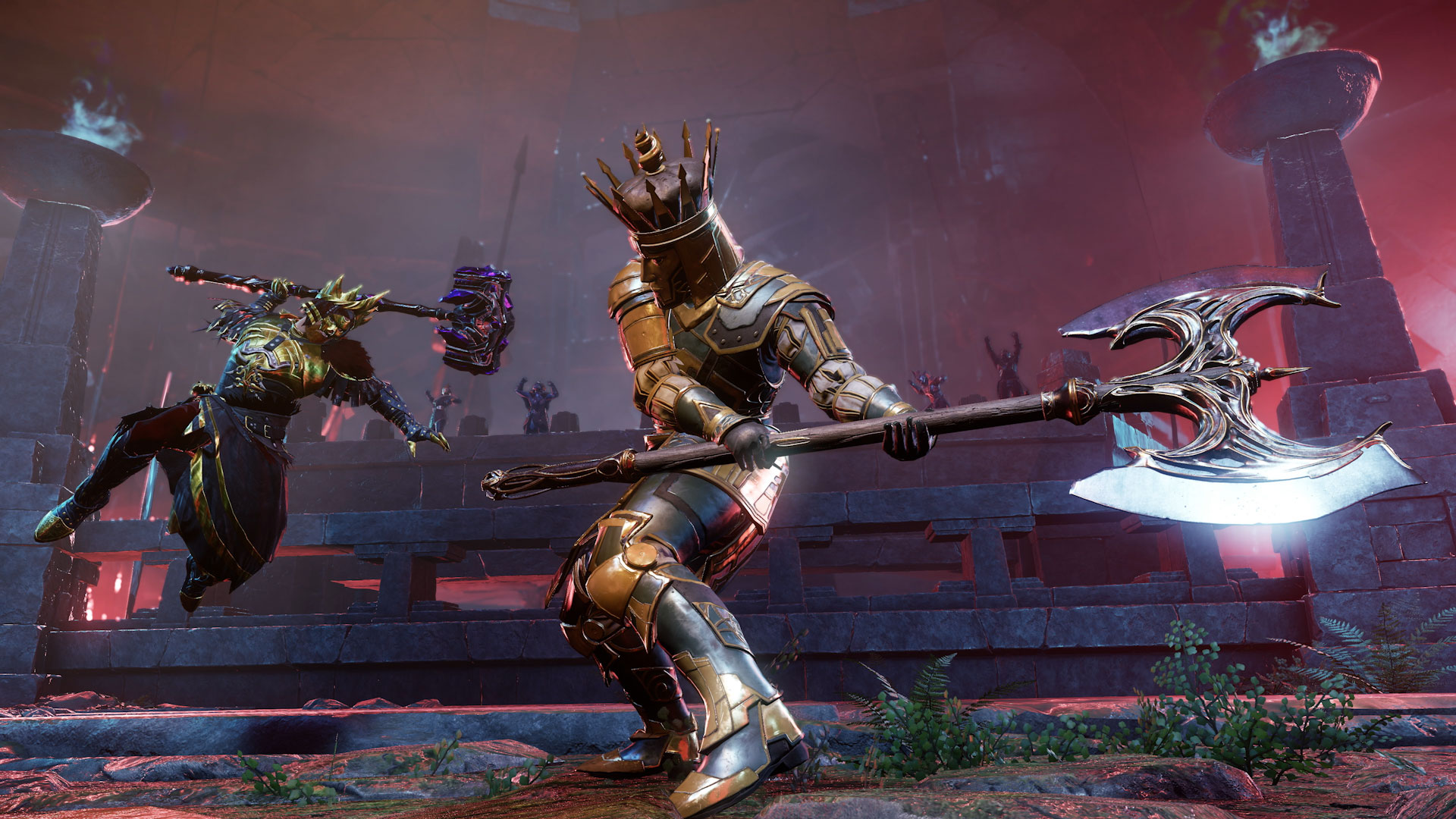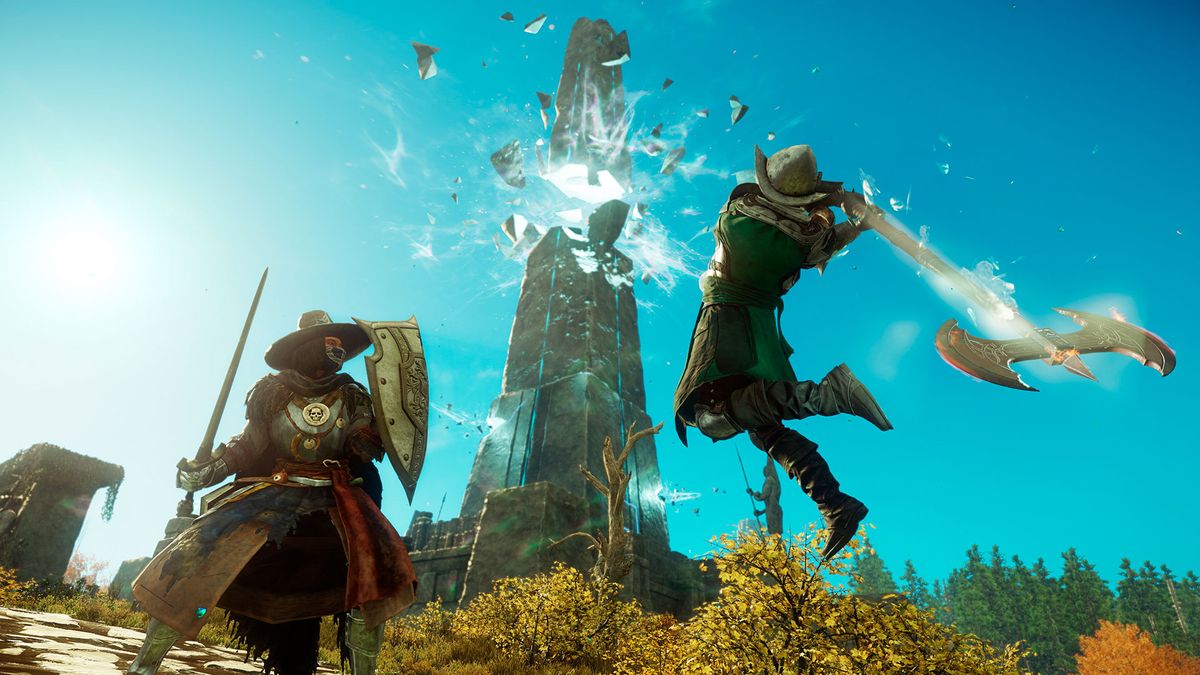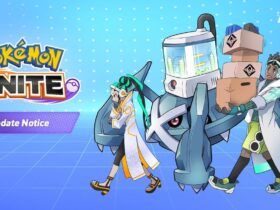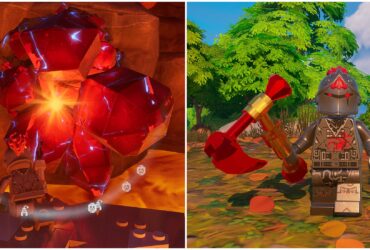Remember when Amazon tried to make a Steam competitor? Me neither, to be honest, but the former vice president of Prime Gaming reveals why the company failed.
Amazon has tried to get into the gaming space a few different ways over the years. There’s Prime Gaming – which I’ve only ever used to claim the free games it offers – that functions as a digital storefront and comes with Prime Video if you have a Prime subscription. Say that sentence aloud in the mirror and Jeff Bezos will appear.
More recently, the company has hired developers to make a string of MMOs like New World. But Prime Gaming never managed to beat Steam, something I’m not sure it ever announced it was trying to do.
“We failed multiple times to disrupt the game platform Steam,” writes Ethan Evans in a LinkedIn post. “We were at least 250x bigger, and we tried everything. But ultimately, Goliath lost.”
It’s likely Evans means Amazon is a bigger company than Steam, not that its platform was bigger. I can’t imagine any digital library bigger than Steam’s, except maybe Itch.io.
“The first way we tried to enter the online-game-store market was through acquisition,” Evans explains. “We acquired Reflexive Entertainment (a small PC game store) and tried to scale it. It went nowhere. Then, after buying Twitch, we created our own PC games store. Our assumption was that gamers would naturally buy from us because they were already using Twitch. Wrong.”
The truth is, PC gamers love Steam. Even Epic hasn’t been able to compete very well. Whenever a game is an Epic exclusive, its eventual Steam launch is treated like the true release of the game.
“Finally, we built Luna, a game streaming service that let people play without a high-end PC,” Evans remembers. “Around the same time, Google tried the same thing with their product Stadia. Neither gained significant traction. The whole time, Steam dominated despite being a relatively small company (compared to Amazon and Google).”
Cloud streaming has been very successfully done by Xbox and Nvidia GeForce Now, and it works because it’s so convenient. A console, laptop, PC, or even smartphone or smart TV can be used to stream games now. There’s no need to buy a new platform like Luna or Stadia.

“The mistake was that we underestimated what made consumers use Steam,” Evans admits. “It was a store, a social network, a library, and a trophy case all in one. And it worked well. At Amazon, we assumed that size and visibility would be enough to attract customers, but we underestimated the power of existing user habits. We never validated our core assumptions before investing heavily in solutions. The truth is that gamers already had the solution to their problems, and they weren’t going to switch platforms just because a new one was available.”
This is the same reason I don’t see myself ever fully switching to PC or Xbox. My physical games are all on PlayStation, most of my friends are on there, all my trophies and save data are on that ecosystem. It’s an important piece of my gaming history, and it’ll take a lot to make me abandon it all.
At the end of the day, “We needed to build something dramatically better, but we failed to do so,” Evan writes. “We needed to validate our assumptions about our customers before starting to build. But we never really did that either. Just because you are big enough to build something doesn’t mean people will use it.”
Since you’re here, you should check out all the information for Steam Next Fest, like when it’s running, some of the demos you’ll be able to play, and more.












Leave a Reply